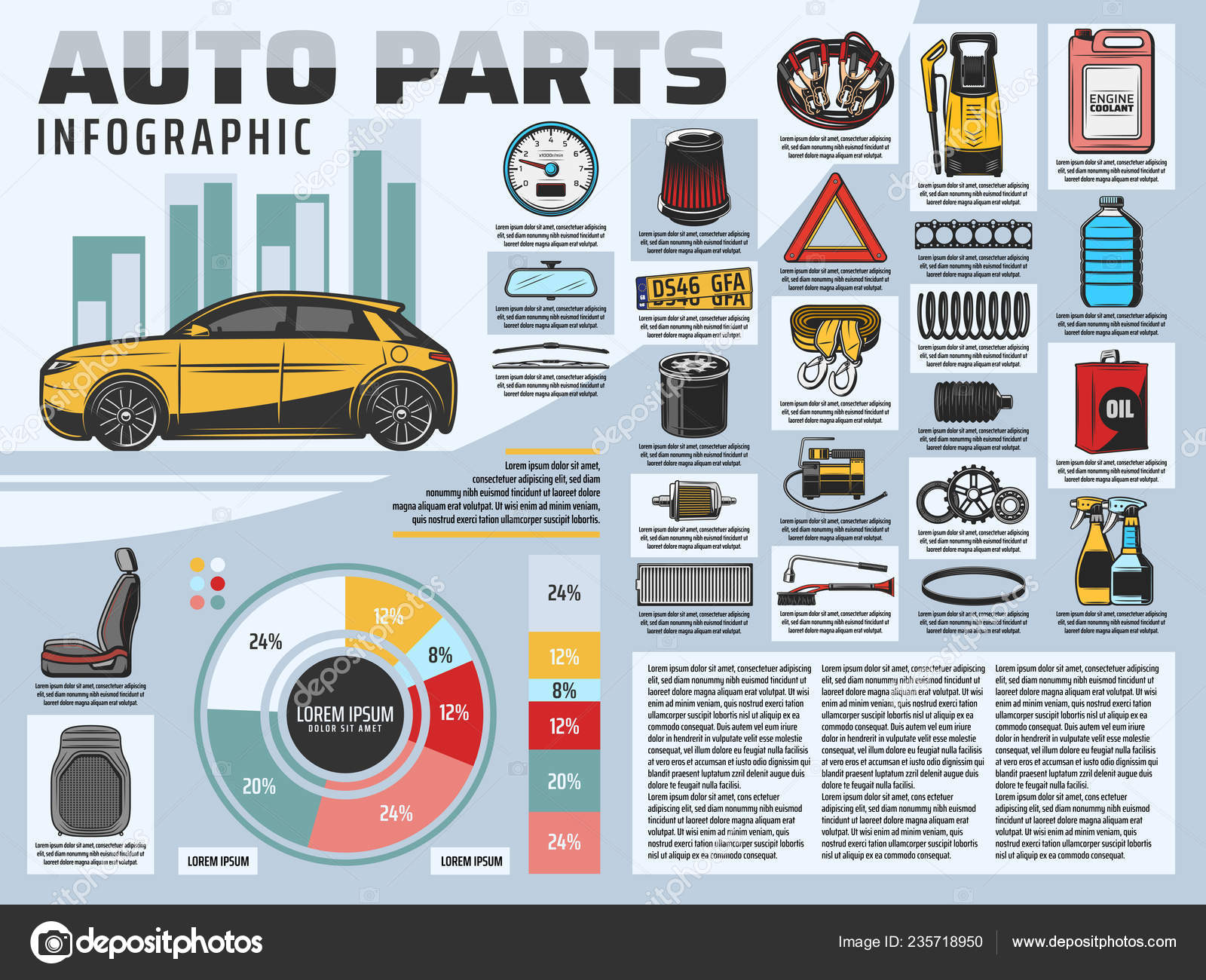Translating Your Car'S Alert Lighting: Their True Effects
Translating Your Car'S Alert Lighting: Their True Effects
Blog Article
Content Author-Faulkner Corbett
When you're behind the wheel, those radiant warning lights on your control panel can be a bit puzzling. Do you know what they're attempting to tell you concerning your car's wellness? Understanding the relevance of these lights is vital for your safety and the durability of your automobile. So, the next time one of those lights pops up, would not you want to decipher its message accurately and take the needed steps to resolve it?
Common Caution Lights and Interpretations
Determine typical warning lights in your cars and truck and understand their meanings to make certain secure driving.
The most normal warning lights consist of the check engine light, which signifies concerns with the engine or exhausts system. If this light begins, it's essential to have your vehicle checked immediately.
visit my home page warning light indicates reduced oil stress, calling for prompt focus to stop engine damage.
A flashing battery light could suggest a faulty charging system, potentially leaving you stranded otherwise addressed.
The tire stress surveillance system (TPMS) light notifies you to reduced tire pressure, impacting automobile stability and fuel performance. Overlooking this might lead to harmful driving problems.
The ABS light indicates an issue with the anti-lock stopping system, compromising your capability to stop swiftly in emergency situations.
Last but not least, the coolant temperature advising light warns of engine getting too hot, which can cause serious damage otherwise settled promptly.
Comprehending these common caution lights will certainly assist you address issues promptly and preserve risk-free driving conditions.
Significance of Prompt Focus
Recognizing the typical caution lights in your cars and truck is only the first step; the importance of promptly resolving these cautions can not be stressed sufficient to ensure your security on the road.
When a caution light illuminates on your control panel, it's your auto's method of connecting a possible problem that needs attention. Disregarding these cautions can lead to much more severe problems down the road, endangering your security and potentially costing you more out of commission.
Trigger interest to cautioning lights can avoid breakdowns and accidents. As an example, a flashing check engine light might indicate a misfire that, if left neglected, could create damages to the catalytic converter. Resolving this without delay can save you from an expensive fixing.
Likewise, a brake system cautioning light could signify reduced brake fluid or used brake pads, crucial elements for your safety and security when driving.
Do It Yourself Troubleshooting Tips
If you discover a caution light on your control panel, there are a few DIY troubleshooting pointers you can attempt before seeking specialist assistance.
The first step is to consult your car's guidebook to recognize what the details caution light indicates. In some cases the issue can be as straightforward as a loose gas cap activating the check engine light. Tightening the gas cap might fix the problem.
Another typical problem is a reduced battery, which can set off different warning lights. Examining cardetailingservice for corrosion and ensuring they're protected might take care of the problem.
If a caution light lingers, you can attempt resetting it by disconnecting the vehicle's battery for a couple of minutes and after that reconnecting it. In addition, inspecting your automobile's liquid levels, such as oil, coolant, and brake fluid, can aid repair warning lights related to these systems.
Conclusion
To conclude, understanding your car's warning lights is essential for keeping your vehicle running smoothly and safely. By quickly resolving these informs and recognizing what they mean, you can avoid pricey repair services and potential break downs.
Bear in mind to consult your vehicle's manual for specific information on each advising light and do something about it accordingly to guarantee a hassle-free driving experience.
Remain informed, stay secure when driving!
